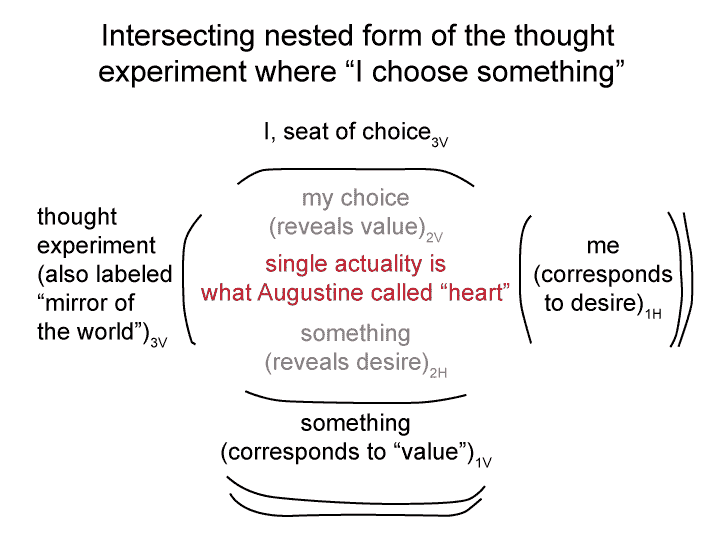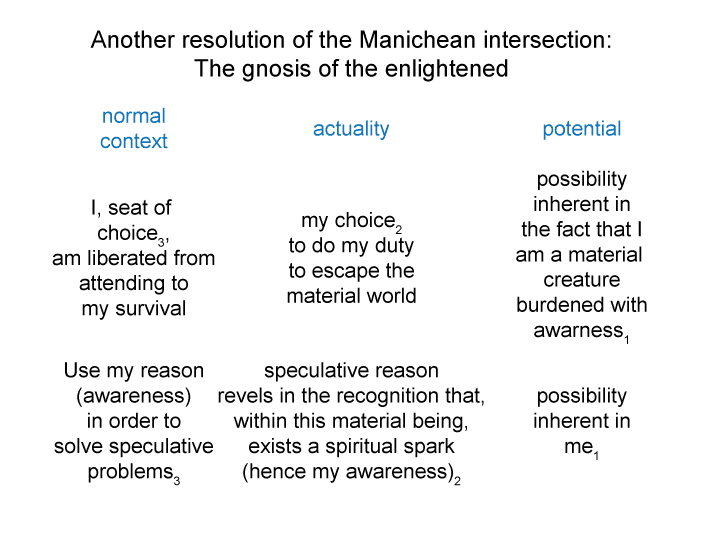Man and Sin by Piet Schoonenberg (1964) 2.3 FE
Summary of text [comment] page 82
[At present, 50 years after Schoonenberg, we glimpse how Schoonenberg was on target.
The idea of concupiscence includes both flesh and reason. Both were corrupted in the Story of the Fall. Both belong to Original Sin.
The historic emphasis in Church doctrine on concupiscence elevates the idea that flesh is redeemable because reason (fortified by grace) could rule.
However, whenever the comment in the parenthesis is ignored or forgotten, then Pelagius, a Stoic disguised as a Christian, takes the stage.]


